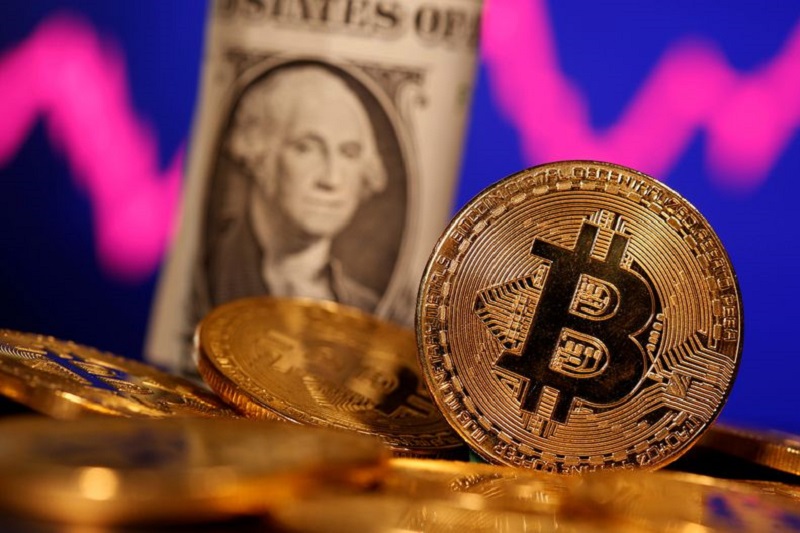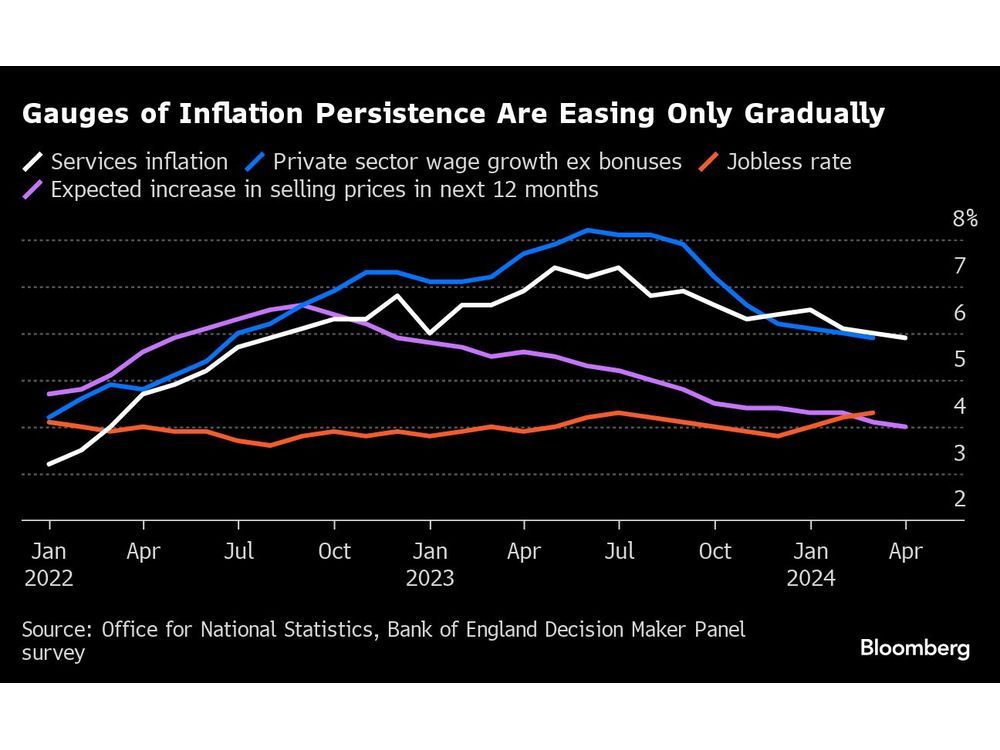Follow us on LinkedIn
A catastrophe bond, commonly referred to as a cat bond, is a type of insurance-linked security that allows insurers and reinsurers to transfer the risk associated with catastrophic events, such as natural disasters, to capital market investors. These bonds are typically issued by insurance companies or special purpose vehicles (SPVs) and are designed to provide financial protection against specified catastrophic events, such as hurricanes, earthquakes, or pandemics.
In the event of a qualifying catastrophe, the issuer may not have to repay some or all of the principal to investors, thereby providing much-needed funds to cover the losses incurred by the insured parties. However, if no qualifying event occurs during the bond’s term, investors receive periodic coupon payments and the return of their principal at maturity.
An earthquake bond is a type of catastrophe bond, in which an insurer, reinsurer, or government, transfers a portion or all of the earthquake risk to investors in return for higher yields. Earthquake bonds are crucial in countries prone to earthquakes. Pricing them, however, presents challenges. Reference [1] developed a pricing model for earthquake bonds. The authors pointed out,
This research presents an EB pricing model involving inconstant event intensity and the maximum strength of extreme earthquakes under the risk-neutral pricing measure. Focusing on extreme earthquakes simplifies the modeling process and data collection and computing time compared to considering the infinite frequency of earthquakes occurring over a continuous time interval. The inconstant intensity of the event is accommodated by an inhomogeneous Poisson process, while the maximum strength is modeled using extreme value theory (EVT). Then, the model is applied to earthquake data in Indonesia, the country with the second highest frequency of earthquakes worldwide. Finally, the variable sensitivities of EB prices are also analyzed.
In short, the authors modeled the risk-free interest rate using the Cox–Ingersoll–Ross model. They accommodated the variable intensity of events with an inhomogeneous Poisson process, while extreme value theory (EVT) was used to model the maximum strength.
This paper makes an important contribution to the pricing of catastrophe bonds, aiding countries in effectively managing risks associated with natural disasters.
Let us know what you think in the comments below or in the discussion forum.
References
[1] Riza Andrian Ibrahim, Sukono, Herlina Napitupulu and Rose Irnawaty Ibrahim, Earthquake Bond Pricing Model Involving the Inconstant Event Intensity and Maximum Strength, Mathematics 2024, 12, 786
Further questions
What's your question? Ask it in the discussion forum
Have an answer to the questions below? Post it here or in the forum





Prime Minister Keir Starmer’s promise to “get Britain building again” will quickly face a shortage of skilled workers in the very industries he’s hoping will power the turnaround.